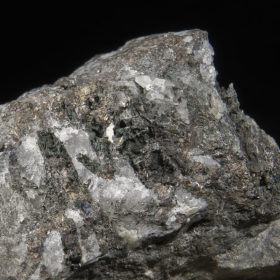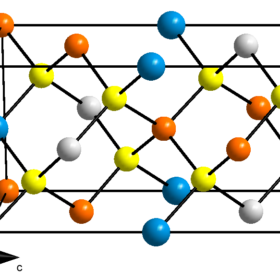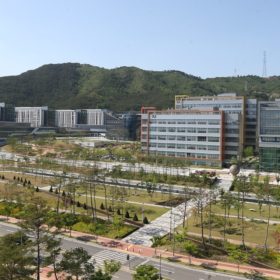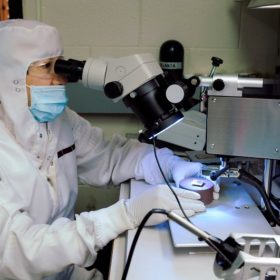Kesterite solar cell with 8.66% efficiency and fill factor of 62.63%
Researchers in South Korea have analyzed the effects of alkali doping on the fill factor of kesterite solar cells and have built a device on a flexible metal foil optimized with a sodium fluoride doping layer.
From tandem cell to double absorber for 34.45% efficiency
Scientists in the United States theorize that a ‘double absorber’ cell comprising two active thin-film layers within one cell stack could achieve impressive efficiencies, whilst eliminating many of the challenges inherent to the design of tandem cells. For now though, it’s only on paper.
Defect analysis promises kesterite solar cells with 18.47% efficiency
An international research group has found that the presence of a few lattice defects in a kesterite PV cell material can actually improve efficiency, rather than lowering it. The group believes that kesterite PV cells could see mass production within the next decade.
New efficiency record for flexible CZTS
Scientists at South Korea’s Daegu Gyeongbuk Institute of Science and Technology have set a new efficiency record of 11.4% for a cell based on a copper zinc tin sulfide thin film applied to a flexible substrate.
UNSW scientists surpass 10% efficiency with CZTS PV cell
Researchers at Australia’s University of New South Wales have surpassed 10% efficiency for a cell based on copper zinc tin sulfide – sulfide kesterite. It is the fourth time in two years the group has set a new record for the efficiency of cells based on such materials.
A*Star researchers develop technique for cheaper solar cell production
A*Star researchers, in a bid to find an alternative to silicon-based solar cells, are investigating a new material that is more cost-effective and easier to produce that could also lead to more efficient solar cells.
Swansea University team develop new method to improve CZTS efficiency
A research team from the SPECIFIC Innovation and Knowledge Centre at Swansea University has developed a method that could lead to efficiency improvements in CZTS solar cells.







